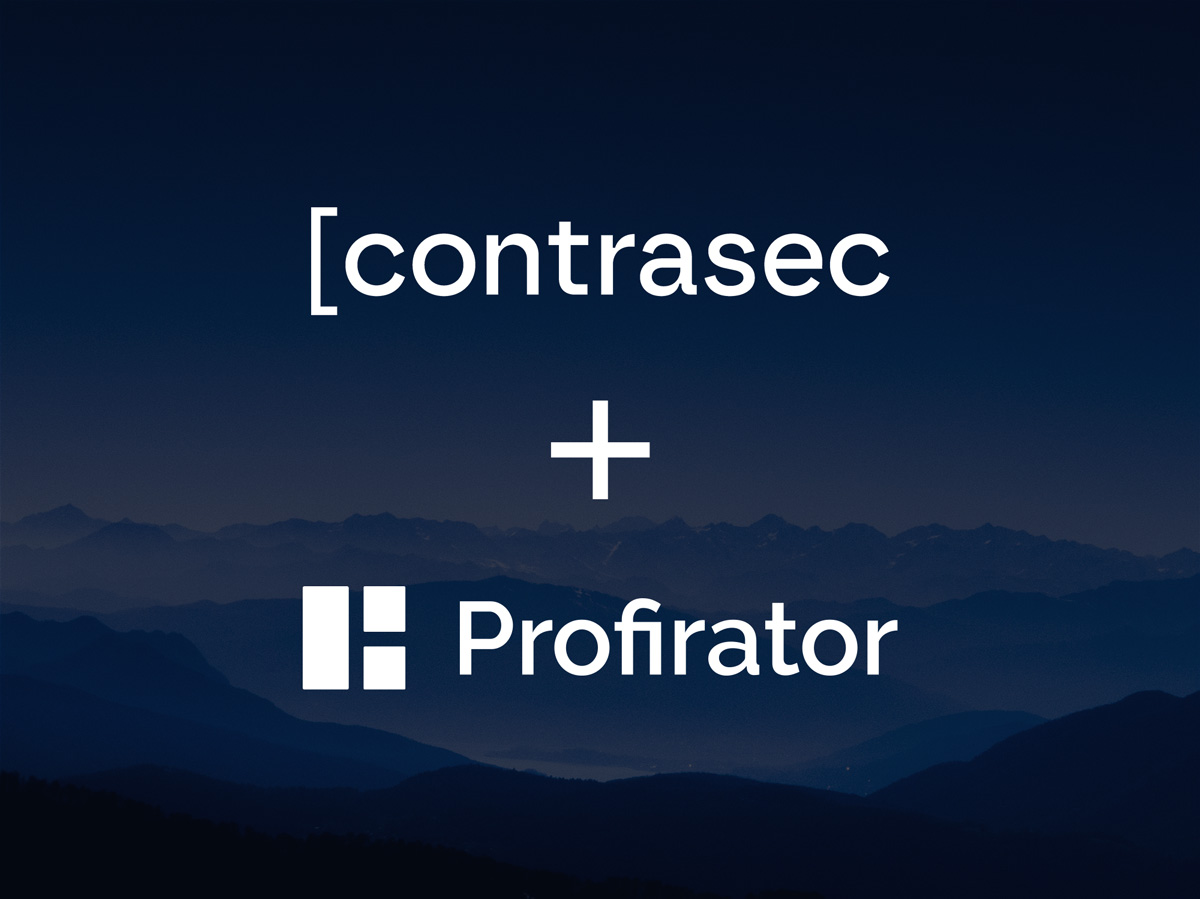Contrasec Oy on ostanut vuoden 2024 alussa Profirator Oy:n koko osakekannan. Profiratorin henkilökunta on siirtynyt Contrasec Oy:n palvelukseen vanhoina työntekijöinä.
Profirator Oy on vuonna 2010 perustettu yritys, joka viime vuosina on toiminut älykaupunki- ja IoT-alustojen parissa sekä tuottanut MQTT-, integraatio- ja GitLab- palveluja asiakkailleen.
Profirator Oy:n liiketoiminta jatkuu Contrasecissa sovelluspalveluiden alla Data & IoT – osastona, jota vetää jatkossakin Profirator Oy:n operatiivinen johtaja Ilari Mikkonen.
Yrityskauppa tuo synergiaetuja
“Olemme erittäin tyytyväisiä toteutuneeseen kauppaan. Contrasec ja Profirator ovat jo tähänkin asti tehneet paljon yhteistyötä ja toimineet samojen asiakkaiden kanssa. Jatkossa pystymme palvelemaan yhteisiä asiakkaitamme entistäkin paremmin, kun kaikki tarpeet voidaan hoitaa yhdestä yrityksestä käsin. Samalla Profiratorin palvelut ja nykyiset sekä tulevat asiakkaat saavat entistä paremmin käyttöönsä meidän monipuoliset konesalipalvelumme ja infra-osaamisemme.
Kaupan myötä saamme toki myös uudenlaista osaamista käyttöömme ja pystymme jatkossa täyttämään kasvavan asiakaskuntamme tarpeita entistäkin paremmin”, toteaa Contrasecin toimitusjohtaja Juha Piitulainen.
Ilari Mikkonen on samoilla linjoilla.
”Olemme pitkään tehneet yhteistyötä Contrasecin porukan kanssa, ja he ovat meitä yrityksemme alkutaipaleella auttaneetkin monessa asiassa. Contrasecin leveämmät hartiat ja raudanluja infra-osaaminen palvelevat luontevasti jo niin olemassa olevia kuin tuleviakin asiakkaitamme jatkossa. Pystymme tulevaisuudessa itse keskittymään paremmin ydintekemiseemme, Contrasecin huolehtiessa tuotantoinfrastamme. Sanoisin, että niitä kuuluisia synergioita tässä saatiin puolin ja toisin.”
https://contrasec.fi/contrasec/sovelluspalvelut/
Yhteistyöterveisin,
Juha Piitulainen, toimitusjohtaja
Ilari Mikkonen, johtaja, sovelluspalvelut




